Shia Muslims pray salat five times daily: Fajr, Dhuhr, Asr, Maghrib, and Isha. They follow specific movements, recitations, and supplications, all directed towards Allah in devotion and worship.
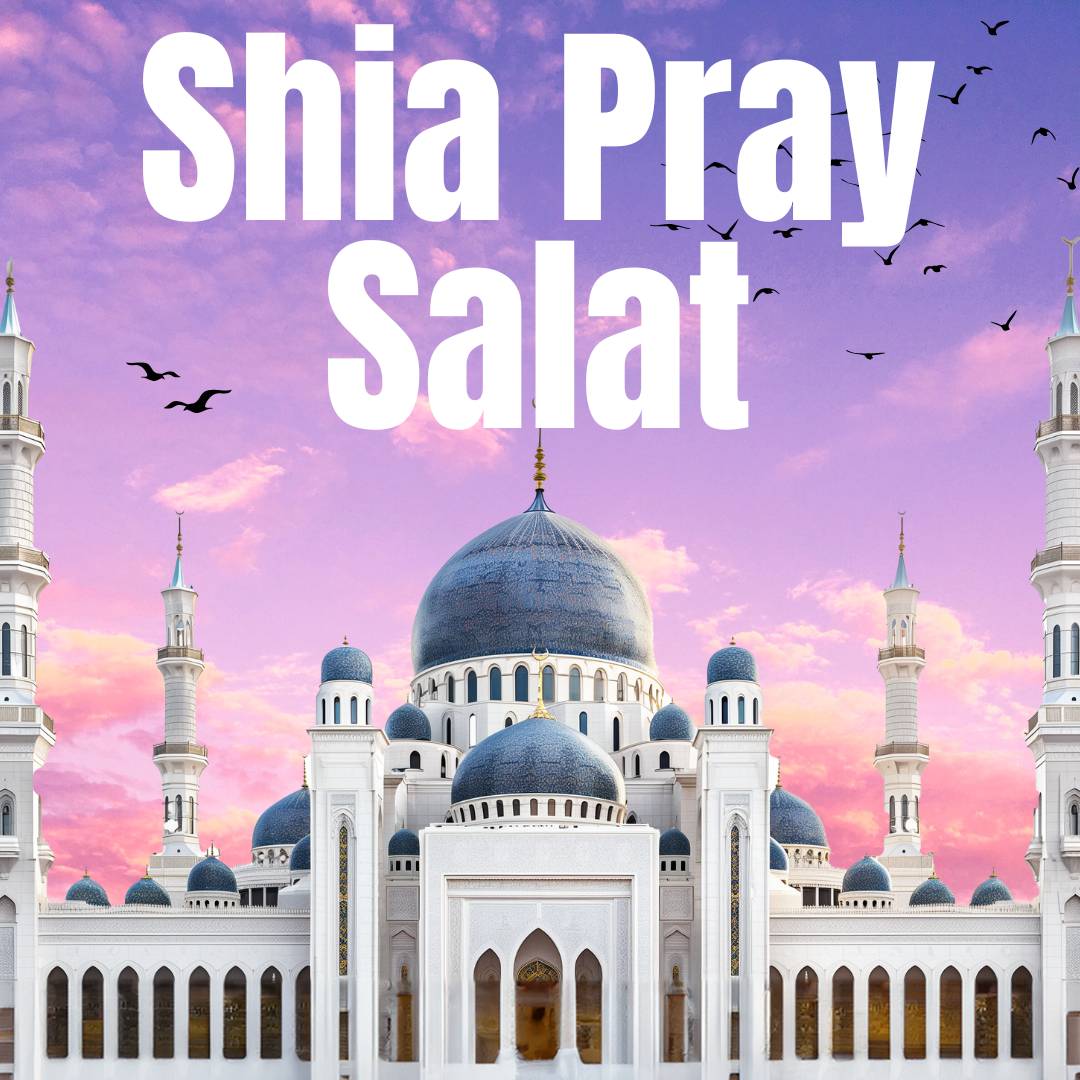

Shia Muslims pray salat five times daily: Fajr, Dhuhr, Asr, Maghrib, and Isha. They follow specific movements, recitations, and supplications, all directed towards Allah in devotion and worship.

Ayat al-Kursi jewelry symbolizes devotion, protection, and spiritual connection. It offers reassurance, warding off evil and fostering a sense of unity among Muslims worldwide. Wearing it is a personal expression of faith, cultural heritage, and a cherished gift for significant occasions.
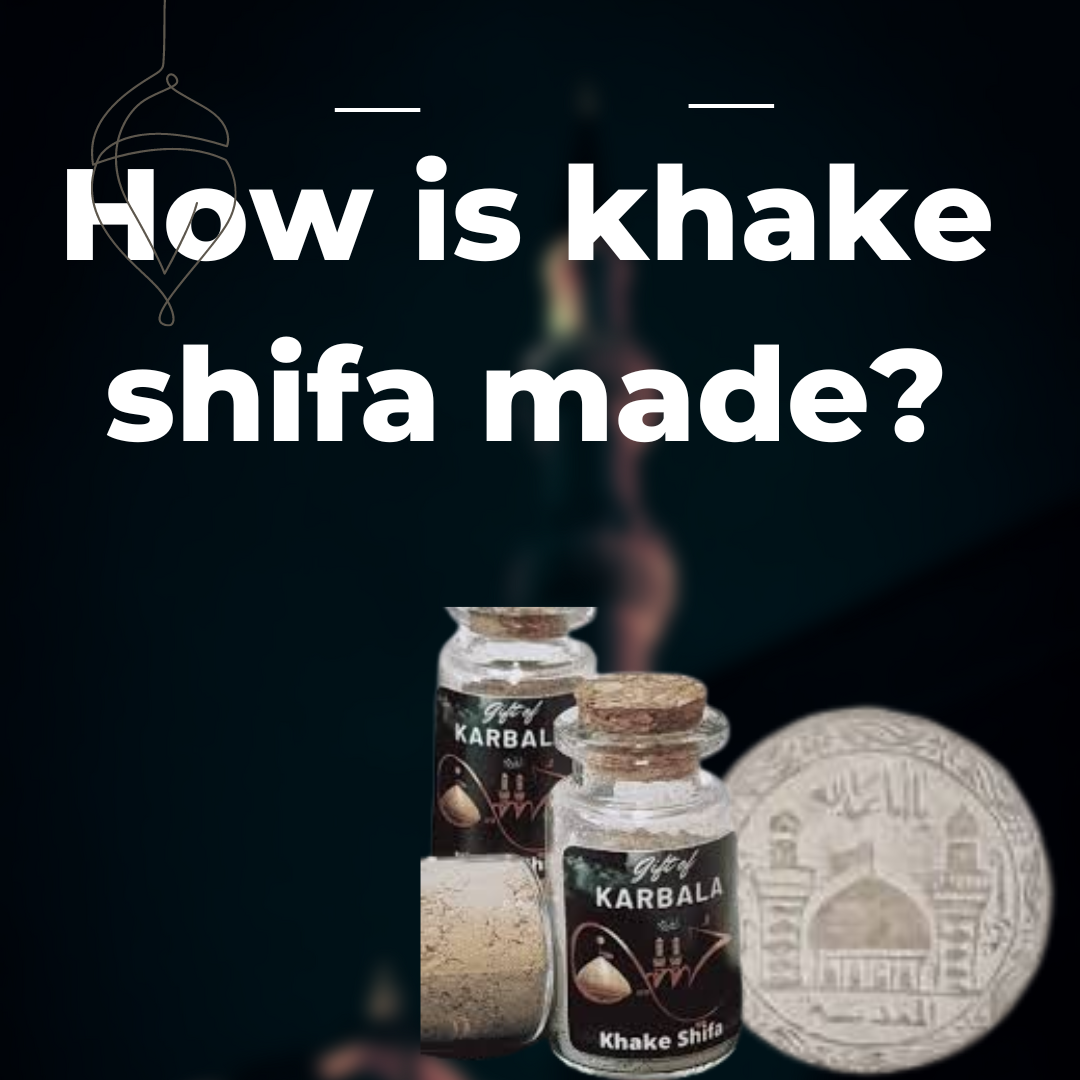
Khake Shifa is made by blending Multani Mitti (Fuller’s Earth), neem powder, turmeric, sandalwood powder, rose water, aloe vera gel, and honey. Neem leaves are dried and ground into a fine powder. This powder is mixed with Multani Mitti, turmeric, and sandalwood. Rose water, aloe vera gel, and honey are gradually added to create a smooth paste. The mixture is then stored in an airtight container. Khake Shifa is applied as a face mask or poultice, left on for 15-20 minutes, and then rinsed off with lukewarm water.

Eating turbah is prohibited in Islam due to several reasons. Firstly, there is no religious justification or precedent for consuming earth or clay as a form of worship. Additionally, ingesting impure substances contradicts Islamic principles of cleanliness and purity. Furthermore, health considerations highlight potential risks associated with consuming turbah. Therefore, Muslims are advised to adhere to the teachings of Islam and refrain from any practices that lack religious legitimacy.
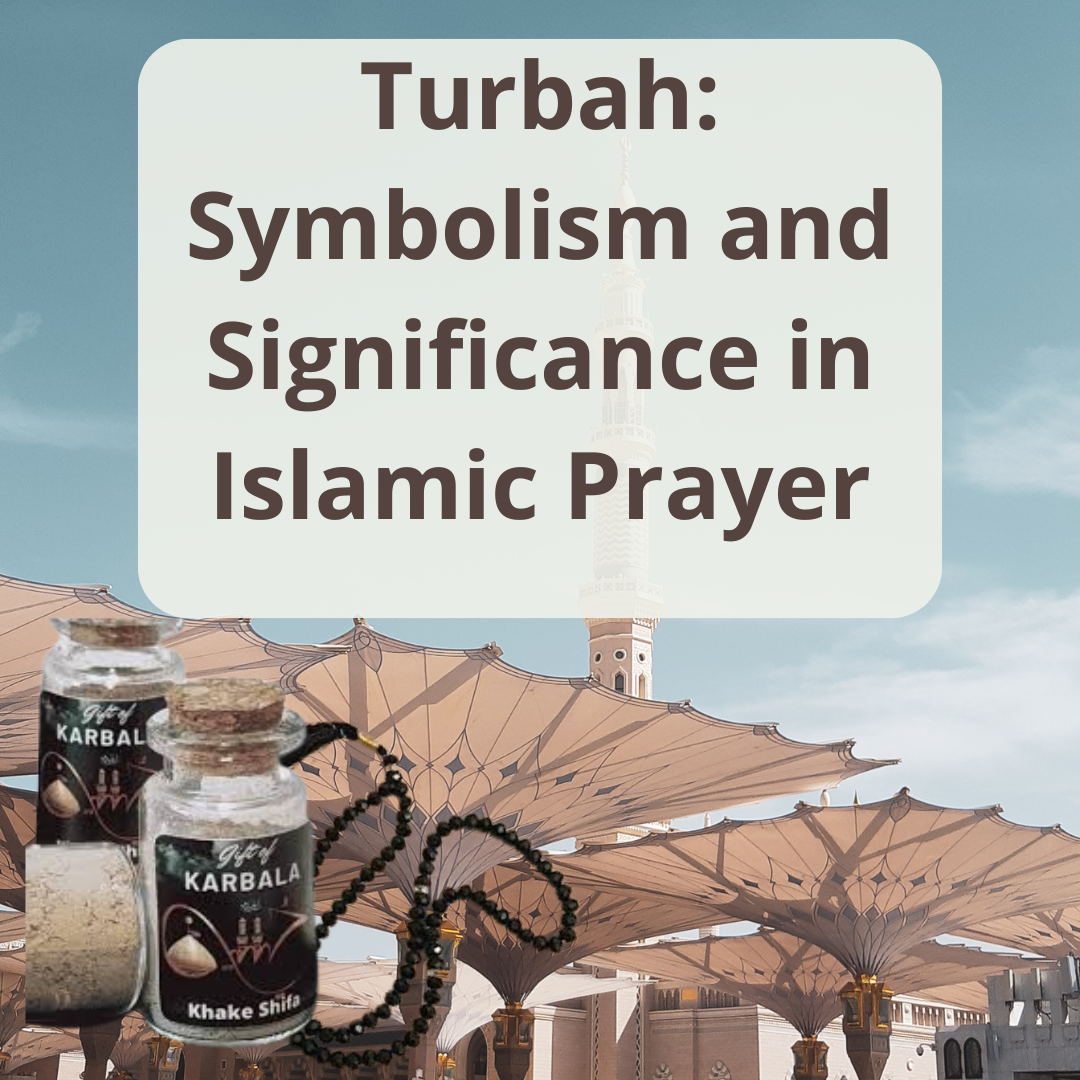
The turbah holds profound importance in Islamic prayer, specifically for supporting the head during prostration. It symbolizes humility, purity, and submission to Allah. By bowing upon the turbah, believers connect directly to the earth, embracing its natural purity and simplicity. This act fosters spiritual cleansing and a sense of unity among worshippers, transcending social barriers. Furthermore, the turbah carries historical and cultural significance, honoring the sacred heritage of Islam. Placing the forehead upon the turbah is a tangible manifestation of devotion, enriching the prayer experience and reinforcing the principles of faith and reverence.

The classification of prostration on the turbah as bid’ah (innovation) or Sunnah (tradition) varies among Islamic scholars. Shia Muslims view it as an emulation of the Prophet Muhammad’s actions, thus falling within the realm of Sunnah. Conversely, some Sunni scholars may regard it as bid’ah due to its absence in explicit Hadith literature. The status of prostration on the turbah reflects differing theological perspectives within Islam, with Shia adherents emphasizing emulation of the Prophet’s practices and Sunni scholars prioritizing adherence to established traditions documented in Hadith.
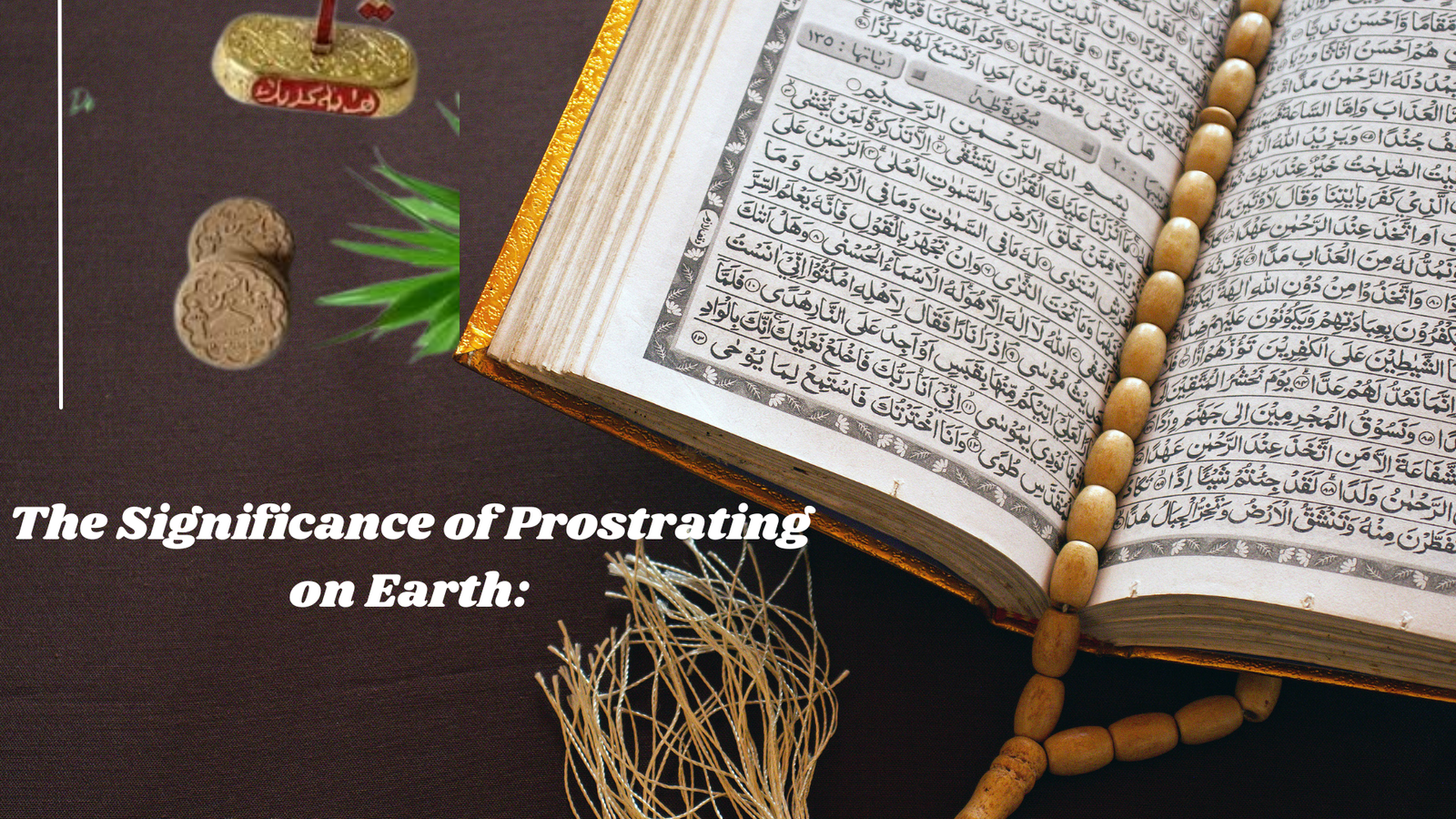
Shia Muslims prostrate on earth as a symbol of humility and connection to the Divine. The small clay tablet, called a “turbah,” represents earthly origins and mortality, reminding worshippers of life’s transient nature. Prostrating on the turbah emulates the Prophet Muhammad’s practice, reinforcing spiritual devotion. Symbolically, it signifies purification and proximity to sacred sites like the Prophet’s grave. Additionally, it serves as a marker of Shia identity and solidarity. Lastly, the turbah holds significance in commemorating Karbala, emphasizing resistance against oppression. In essence, prostrating on the earth with the turbah embodies humility, reverence, and remembrance within Shia Islam.
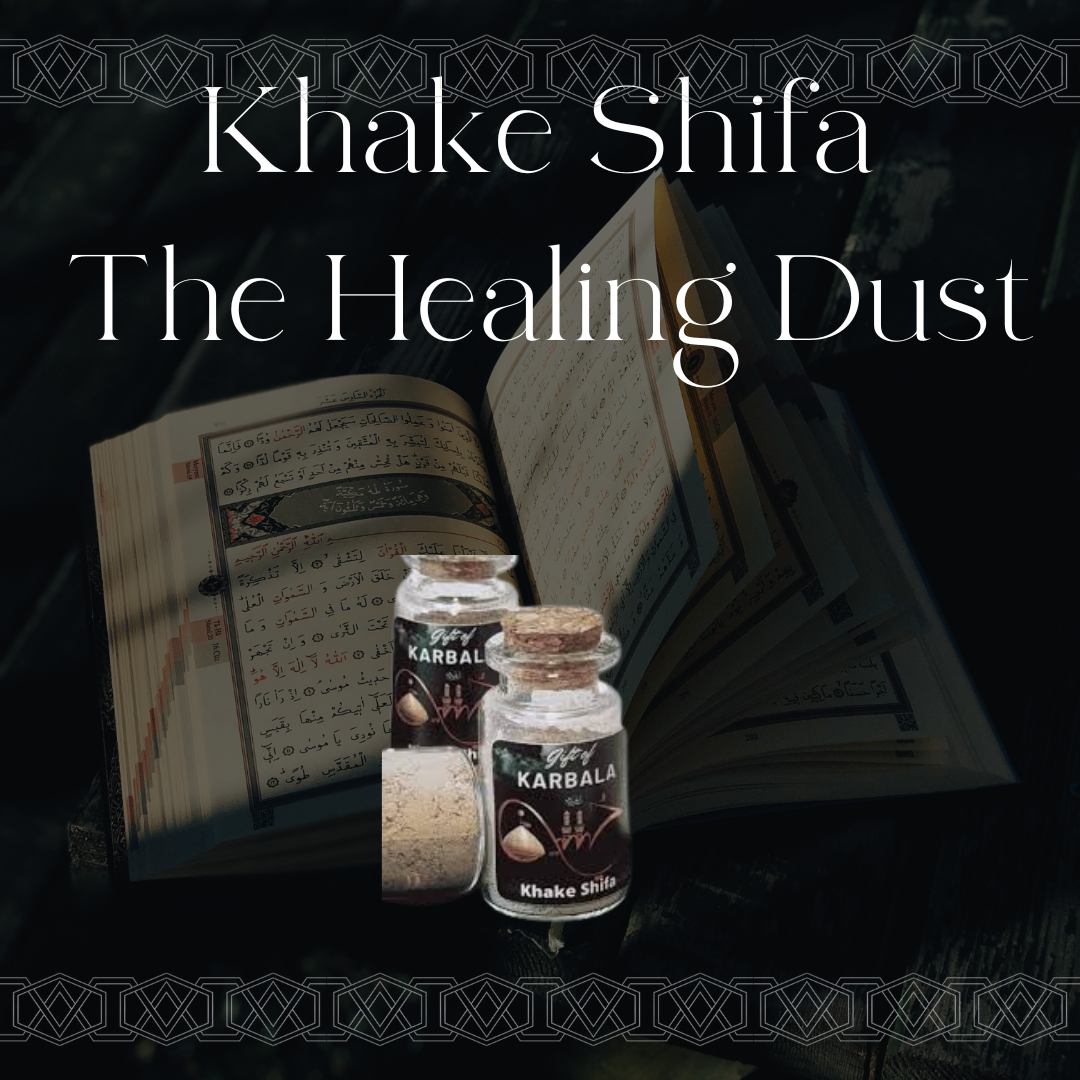
**Khake Shifa: The Healing Dust**
In the arid regions of Iran lies “Khake Shifa” – the healing dust. Legend has it that a Sufi mystic, Khwaja Ahmad-e Khidr, discovered it while wandering the desert. This mystical powder possesses extraordinary healing properties, curing various ailments. Collected from specific desert locations and undergoing purification rituals, Khake Shifa is available in powders, ointments, and capsules. Though scientific evidence is limited, anecdotal accounts continue to fuel interest. Khake Shifa is not just a medicinal substance but a symbol of tradition, faith, and heritage, deeply ingrained in Iranian culture, literature, and spirituality. Its enduring legacy offers hope and comfort to believers.
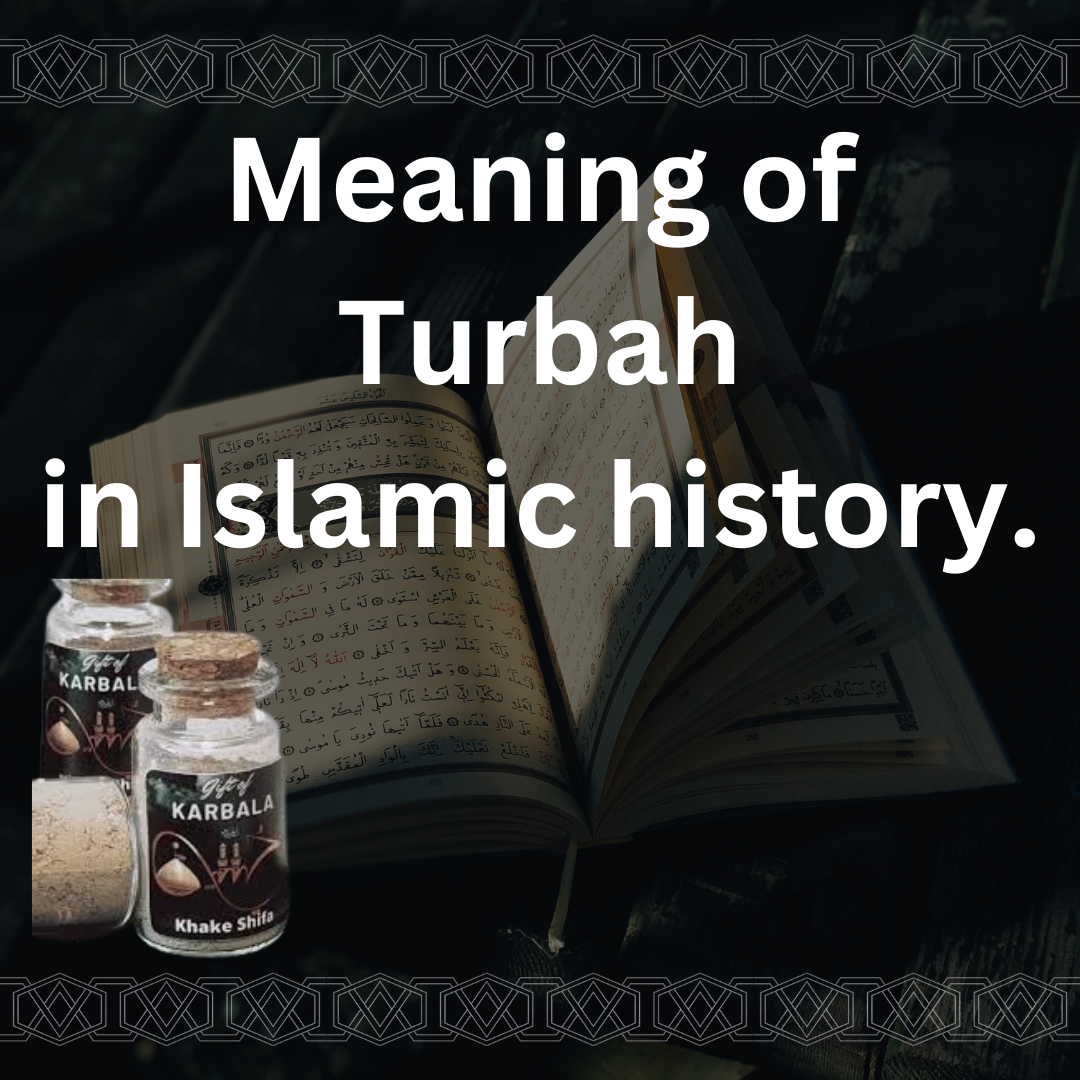
Turbah which means soil, grave, tomb, etc., is regarded (as a probability) as every soil around each holy grave(s) among the Islamic prophet Muhammad, The Twelve Imams and Imamzadehs; but exclusively it is attributed to the soil of Hussain ibn Ali’s grave
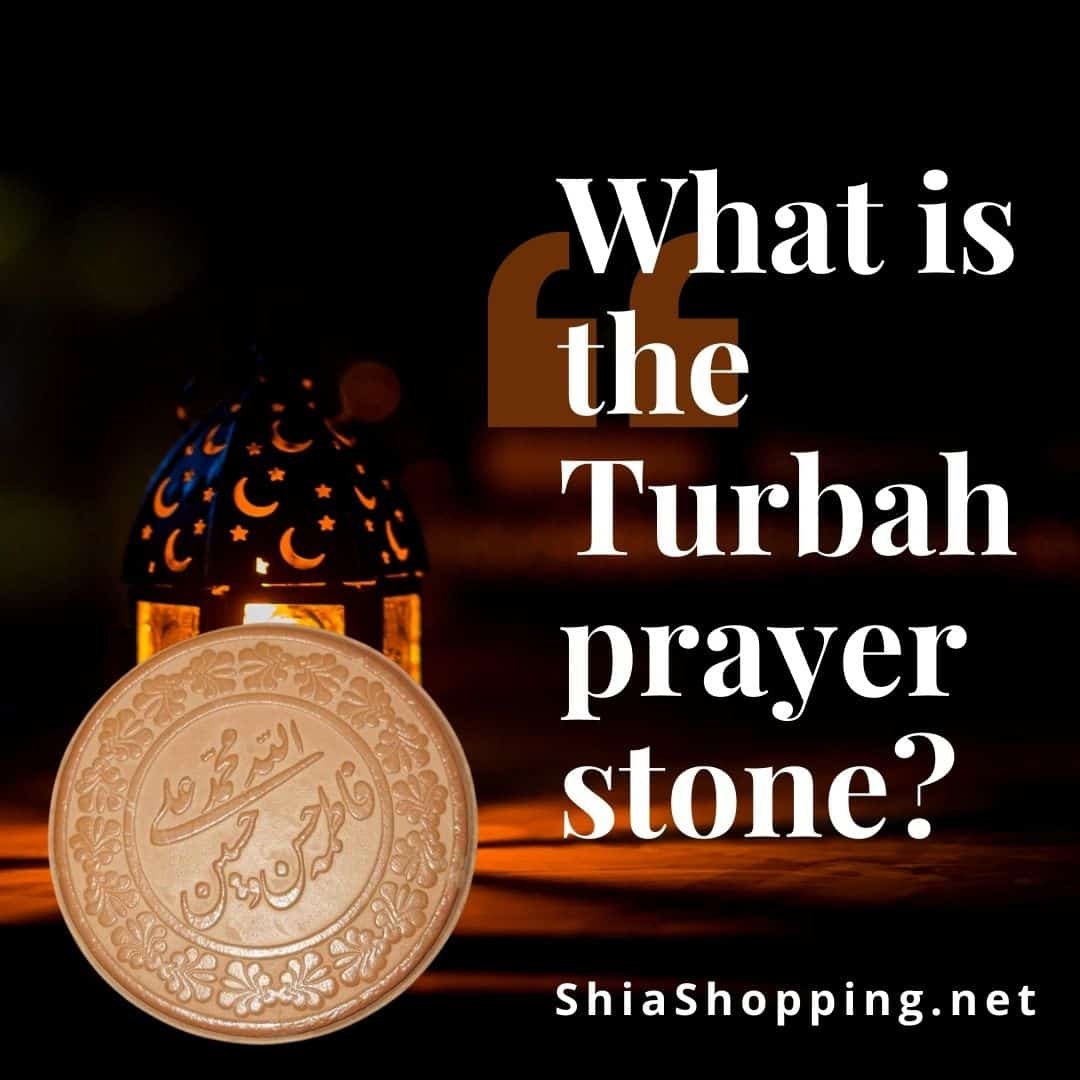
What is the Turbah prayer stone? Turbah is pocket-friendly clay tablet usually made from soil of Karbala used by Shia Muslims. BUY TURBAH!